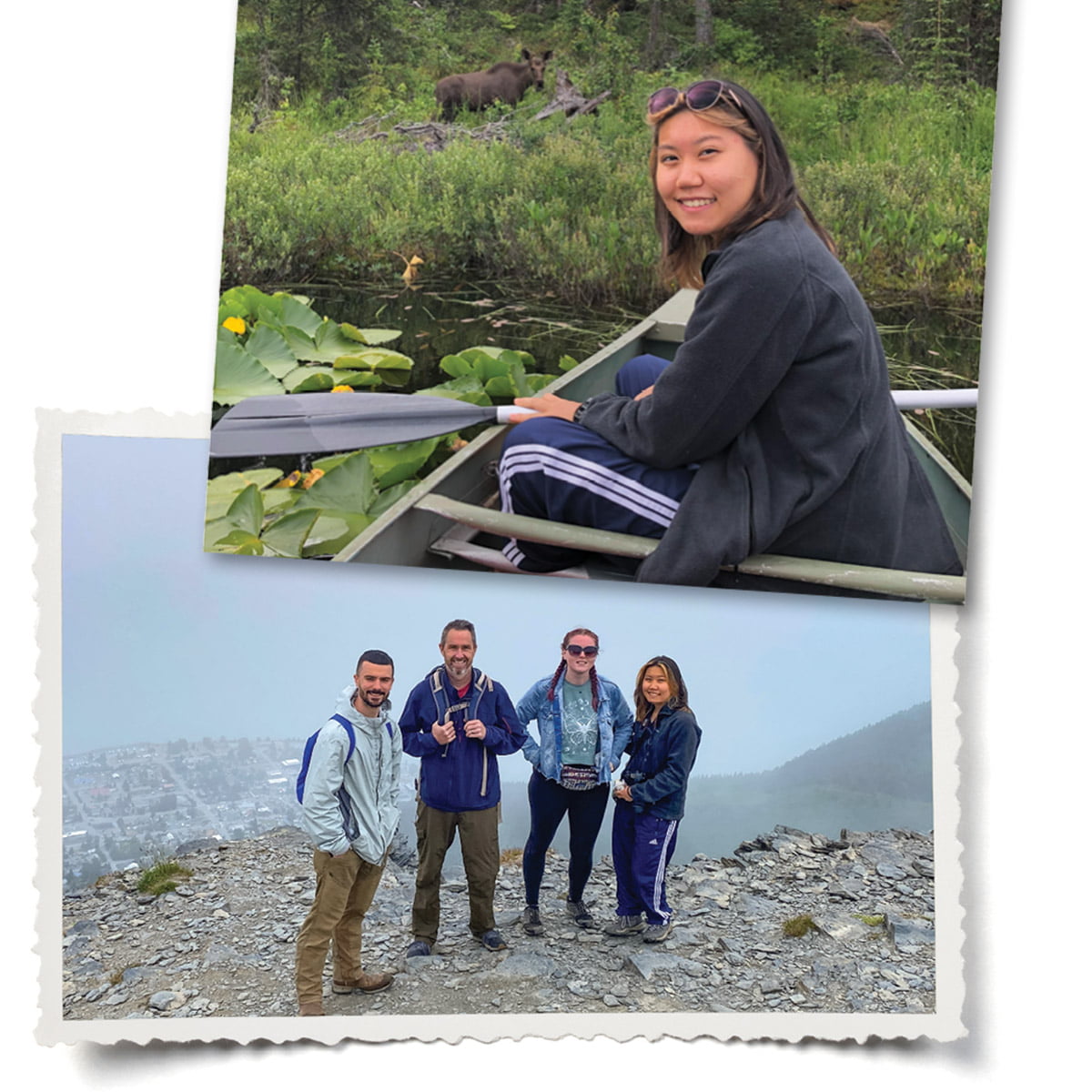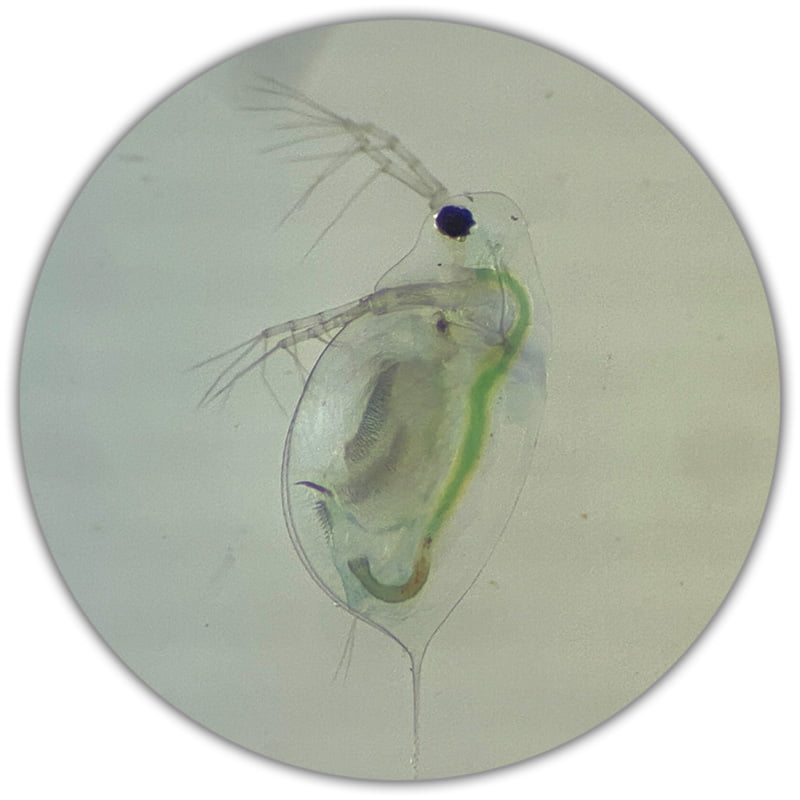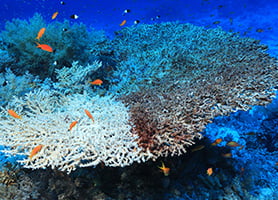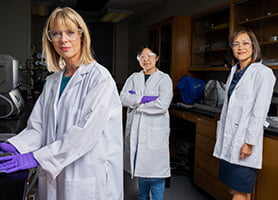University Administration Building
701 S. Nedderman Drive, Ste 421
Arlington, TX 76019-0116
POSTCARD
Kenai Peninsula, Alaska
Following Mavericks as They Travel the World

In the wilderness of Alaska’s Kenai Peninsula, where massive moose tread along untamed shorelines, a group of UTA researchers studied the evolution of a microscopic creature: Daphnia, a water flea.
An important food source for fish and a key determinant of ecosystem health, these water fleas play a significant role in the ecology of their environment. Through field work, the researchers were able to evaluate firsthand the consequences of rewilding lakes in the Kenai peninsula with stickleback fish.

“Our specific goal was to examine how water fleas are adapting to the rewilding process, as water fleas have a significant influence on the ultimate trajectory of ecology and evolution,” says Matt Walsh, assistant professor of biology and lead researcher. “Field work like this is also a great opportunity for our students. It allows them to travel to new places, see amazing landscapes and wildlife, and contribute to groundbreaking research.”
Who:
Dr. Walsh and his students Meghan Korte, PhD student in biology; Stephanie Tran (’21 BS, Biology); and Caleb Miller (’21 BS, Biology)
Why:
“This was an opportunity to work with Daphnia in their natural environment. Also, it was an amazing opportunity to travel to that part of the country for the first time in my life.” – Miller
“I had begun a portion of this research with support from the Louis Stokes Alliance for Minority Participation, but I didn’t get the chance to go to Alaska at that time to do the field work. I wanted to take this golden opportunity to broaden my research experience.” – Tran
Lessons they took back home:
“This experience helped me piece the scientific process together. I interacted with the environment of the water fleas that I had been studying for months, along with talking to researchers from other universities and federal officers from the U.S. Fish and Wildlife Service about the natural history and research that had been conducted on this system.” – Tran
“There is much more to the field of biology research than I had originally imagined. Although oftentimes biology research involves working at a lab bench, it can also involve canoeing out to the middle of a beautiful lake in southern Alaska.” – Miller
You Might Also Like

DEEP DIVE INTO CORAL PLAGUE
A team of researchers studying how seven reef-building coral species in the Caribbean respond to white plague disease.

TRIAL & DISCOVERY
When a freshman researcher had to end an experiment prematurely, she was sure it was a failure—or was it? This is the story of what happens when student researchers are given room to try, to fail, and to explore their curiosity wherever it may take them.

WORLDWIDE REACH
UTA’s global impact is growing thanks to an agreement with India’s Vellore Institute of Technology (VIT).